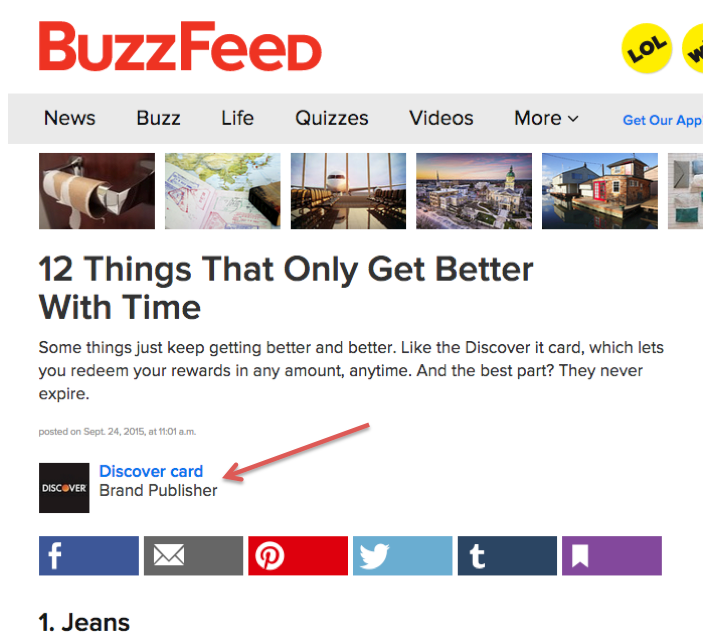Understanding the different types of links you can earn through partnerships around the web is incredibly important when it comes to SEO. You’re most likely already working to build internal and external links (all the while making sure they’re relevant and helpful to readers), but there are a few other types of links that you can get involved with—sponsored content and partner links. This can be a fine line to walk because buying, selling, and exchanging links are considered black hat SEO tactics, but if done correctly this is a great way to improve your visibility and reputation, not to mention your SEO. The first thing to conquer: Understanding the difference between the two methods.
Sponsored Content and What You Need to Know about SEO
Sponsored content is where things can get tricky because you pay for content as opposed to just paying for ads. Even though you’re not paying for links per se, you’re still paying for content so it makes it easy for people to believe that you have ulterior motives as opposed to wanting to write content for readers.
This can go both ways, so regardless of if you’re publishing sponsored content or getting your content published elsewhere with a sponsorship. This means that companies may like sponsored content because it gives them either A. Visibility on an authoritative site, or B. They get content on their website as well as a little bit of cash. As long as the content is completely relevant, sponsored content can work well.
More and more authoritative sources are starting to publish sponsored content, sometimes called native advertising. If you look at the screenshot below, you can tell that the sponsored content is clearly labeled as sponsored content so as not to trick readers, but regardless, it’s still relevant and helping all parties involved (the publishers, the writers, and the audience):
When it comes to the SEO of sponsored content, it all really comes down to nofollowing links. A dofollow tag could get you in trouble because the links to your website aren’t natural because you paid for them, and only natural links should have a dofollow tag (of course we know this doesn’t always happen, but this is what Google expects). So regardless if you’re publishing or trying to publish sponsored content, play it safe and add nofollow links. Nofollow links are still great for many reasons, including SEO benefits, so learn more here.
It’s also not a bad idea to make sure that any sponsored content you published isn’t in your Google News sitemap. Google specifically doesn’t want this type of content in their News index, so best not to try before you get a manual action penalty.
SEO Tips and Tricks for Partner Links
As discussed above, sponsored content and partner links are oftentimes confused and thought of as the same thing, but there are some slight differences that will make a difference when thinking about your SEO.
Partner links are not paid for exactly, but they do work similarly to a link exchange. If you have a partnership with another company, you may want to include their partner link on your website and vice versa. Now I know what you’re thinking, link exchanges are black hat. While this is true, this practice can work if you’re consistent or if links are on a homepage.
For example, let’s say you’re a dentist and you’re going to partner up with a toothbrush brand. If you both link back consistently and have links on your homepage to the other company, it’s a partnership where you’re trying to help your readers. As long as you’re helping readers, Google sees this approach as acceptable.
As far as SEO goes, it’s a good idea to again employ nofollow attributes. Although you shouldn’t get penalized now, if this practice because too prevalent in the future then you’re going to want the links to be nofollow just in case any penalties start to pop up.
Again, keeping in mind the differences between these two types of links is important; however the solution is the same. Nofollow attributes are an excellent way to cover your tracks if anything could be misconstrued in the future. If you’re not using one of these forms of content then now is a great time to start.
What do you think about sponsored content and partner links? Do you think it’s a good idea? Let us know in the comment section below.

